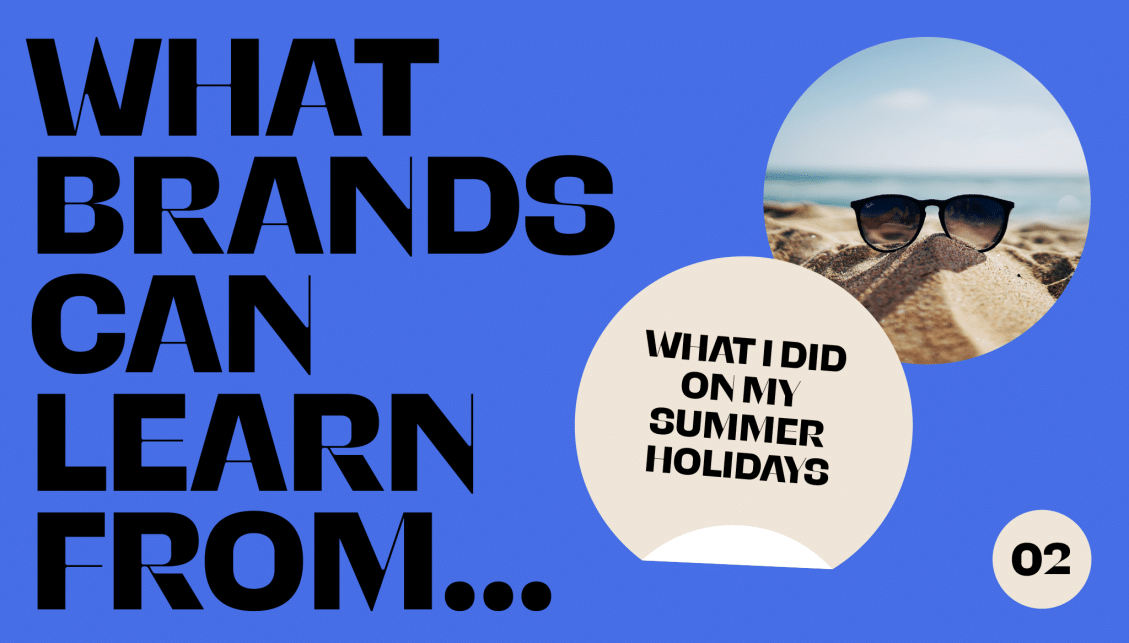
What happens now? Storytelling in commercial real estate
Service-driven, tech enabled, and wellbeing conscious, the next generation of commercial property needs to work harder than ever to stand out from the crowd.
It is Wednesday 11am English class, on the first week back from school holidays. 30 sets of hands clasp sheets of double sided A4, outwardly nervous of what lies ahead. For indeed, it is time for that performance art/coming-of-age ritual/scraping the bottom of the barrel summer homework assignment that is ‘What I Did In My Summer Holidays’.
Many people will have completed some form of this exercise at some point in their schooling, and thus for many it represents their first formal introduction to the great art of public storytelling, complete with the heightened stakes that come with the prospect of humiliation in front of one’s peers.
So why am I making you relive these painful experiences?
Engaging storytelling under pressure is something every brand can learn from, whether their audience is based in the boardroom or the classroom.
This series is all about searching for moments of learning in places unlikely, unconsidered or unserious, and as such we’ve enlisted former school show off and class clown Ellis Hockin-Boyers to wring out the insights and stretch the analogies.
Playing for Laughs
We all want to be popular, and the popular kids get laughs. So let’s tell some funny stories about the summer we’ve had.
Brands want to get laughs too. The problem is that sometimes they can want it too much, so much so that it elicits the dreaded cringe from the front row, or worse the deafening silence and withering side eye of disgust.
Examples of unfortunate flubs like these are sadly many and various, particularly on the treacherous storytelling terrain of social media. Immediate examples that spring to mind are House of Fraser’s brief, but incredibly as yet undeleted descent into gonzo pop culture in their ‘emojinal’ campaign, or Burger King’s well intentioned but poorly executed ‘Women Belong in the Kitchen’ tweet.
The thread connecting these examples is simple; they are inauthentic, out of place, and trying too hard for their own good.
If you’re trying to tell a funny story, no matter how well intentioned, you have to ask yourself “Am I Richard Pryor? Is this ‘edgy’ joke I’m trying to tell really going to elicit howls of laughter, or am I perhaps going to do better with a few subtle eyebrow raises and some mild comic timing?”
If you’re a nervous 13 year old in a classroom of your peers, or a major national/international brand with an audience in the 100s of thousands, I would consider opting for the latter.
Service-driven, tech enabled, and wellbeing conscious, the next generation of commercial property needs to work harder than ever to stand out from the crowd.
Delighted to share we’ve been shortlisted for the Institute of Designers in Ireland Awards.
Ellipse has been nominated in the Brand Strategy category.

